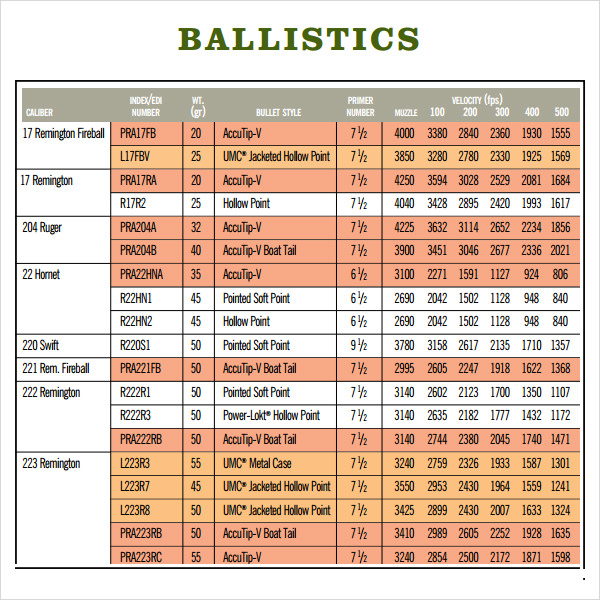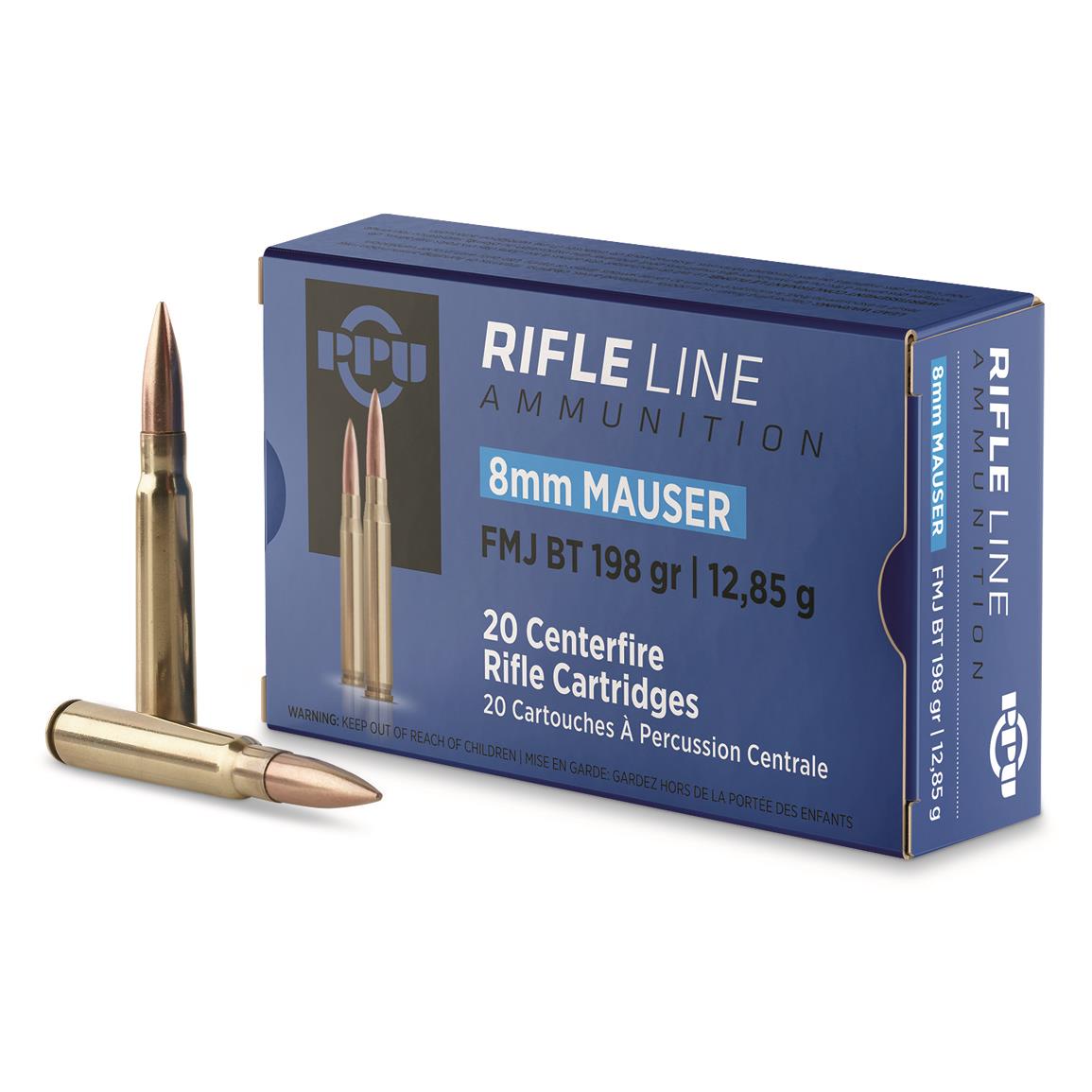8mm Kurz Ballistics: A Comprehensive Guide To Understanding Its Performance And Applications
When it comes to firearms and ammunition, understanding the intricacies of ballistics is crucial for enthusiasts, professionals, and hobbyists alike. The 8mm Kurz round has gained significant attention in recent years due to its unique characteristics and versatility. This article delves deep into the world of 8mm Kurz ballistics, exploring its history, performance, and practical applications.
The 8mm Kurz cartridge, also known as the 8×33mm Kurz, is a rifle cartridge designed for intermediate-range combat scenarios. Its development marked a significant evolution in ammunition technology, blending the power of larger rifle rounds with the controllability of shorter cartridges. This makes it an ideal choice for modern tactical firearms.
In this article, we will explore the technical aspects of 8mm Kurz ballistics, including its velocity, energy, and trajectory. We’ll also examine its historical background, manufacturing processes, and its relevance in today’s firearms market. Whether you’re a seasoned shooter or a beginner, this guide will provide valuable insights into this remarkable round.
Read also:Cast Of The Hunger Games Mockingjay Ndash Part 1 A Comprehensive Guide
Table of Contents
- History of 8mm Kurz
- Ballistics Overview
- Velocity and Energy
- Trajectory Analysis
- Comparison with Other Rounds
- Applications in Modern Firearms
- Manufacturing Process
- Testing and Performance
- Market Trends and Availability
- Conclusion and Future Prospects
History of 8mm Kurz
The 8mm Kurz cartridge was developed in the mid-20th century as a response to the changing demands of military engagements. Designed for intermediate-range combat, it bridges the gap between traditional rifle rounds and pistol-caliber ammunition. This round quickly gained popularity due to its balance of power and controllability.
Development and Adoption
During World War II, the need for a more versatile cartridge became apparent. The 8mm Kurz was created to address this need, offering superior performance in automatic weapons while maintaining manageable recoil. Its adoption by various military forces highlighted its effectiveness in real-world scenarios.
Key milestones in the history of the 8mm Kurz include its initial development in Germany and subsequent use in various NATO-aligned countries. This round has since evolved to meet modern tactical requirements, making it a staple in both military and civilian applications.
Ballistics Overview
The ballistics of the 8mm Kurz are what set it apart from other cartridges. Understanding its performance characteristics is essential for anyone looking to utilize this round effectively.
Read also:Rhony Ages The Ultimate Guide To Understanding His Life Career And Achievements
Key Ballistic Factors
- Muzzle Velocity: Typically ranges between 2,200 and 2,500 feet per second.
- Muzzle Energy: Delivers approximately 1,200 to 1,500 foot-pounds of energy.
- Projectile Weight: Common bullet weights include 123 grains and 125 grains.
These factors contribute to the overall effectiveness of the 8mm Kurz in various shooting scenarios, from target practice to tactical operations.
Velocity and Energy
Velocity and energy are critical components of any ammunition’s performance. In the case of the 8mm Kurz, these attributes make it an excellent choice for intermediate-range engagements.
Factors Affecting Velocity
Several factors influence the velocity of the 8mm Kurz, including barrel length, powder charge, and environmental conditions. Longer barrels generally result in higher velocities, while optimal powder charges ensure consistent performance. Additionally, temperature and humidity can impact the round’s velocity in real-world conditions.
Energy-wise, the 8mm Kurz delivers sufficient stopping power for most applications. Its ability to retain energy at longer distances makes it a reliable option for hunters and tactical shooters alike.
Trajectory Analysis
Trajectory is another important aspect of ballistics, particularly for precision shooting. The 8mm Kurz exhibits a relatively flat trajectory, making it easier to aim and adjust for distance.
Ballistic Coefficient
The ballistic coefficient of the 8mm Kurz contributes to its flat trajectory. This coefficient measures the bullet’s ability to overcome air resistance in flight. A higher ballistic coefficient results in less drop over distance, enhancing accuracy and effectiveness.
For example, at 300 meters, the 8mm Kurz experiences minimal drop compared to other intermediate rounds, making it ideal for engagements within this range.
Comparison with Other Rounds
When evaluating the 8mm Kurz, it’s helpful to compare it with other popular rounds in the same category. This section examines its performance relative to competitors.
8mm Kurz vs. 5.56 NATO
The 8mm Kurz and 5.56 NATO are both intermediate cartridges, but they differ in several key areas. The 8mm Kurz generally offers greater stopping power and better penetration, while the 5.56 NATO excels in lightweight platforms and high-velocity applications.
8mm Kurz vs. 7.62×39
Compared to the 7.62×39, the 8mm Kurz provides superior velocity and energy, making it more effective in longer-range engagements. However, the 7.62×39 remains a popular choice due to its lower cost and widespread availability.
Applications in Modern Firearms
The versatility of the 8mm Kurz makes it suitable for a wide range of firearms and applications. Whether you’re using it for hunting, competition shooting, or tactical operations, this round delivers reliable performance.
Popular Firearms Chambered in 8mm Kurz
- StG 44: The original firearm chambered in 8mm Kurz, renowned for its historical significance.
- Modern Tactical Rifles: Many contemporary rifles have been designed to accommodate the 8mm Kurz, leveraging its ballistic advantages.
- Hunting Rifles: Due to its stopping power, the 8mm Kurz is increasingly used in hunting rifles for medium to large game.
These applications highlight the adaptability of the 8mm Kurz across various shooting disciplines.
Manufacturing Process
The manufacturing process of the 8mm Kurz involves precise engineering and quality control to ensure consistent performance. Understanding how this round is made provides insight into its reliability and effectiveness.
Key Manufacturing Steps
- Casing Production: The brass casing is formed through a series of stamping and shaping processes.
- Propellant Loading: Carefully measured amounts of propellant are added to ensure optimal performance.
- Bullet Seating: Bullets are seated into the casing with precision to maintain accuracy and consistency.
Reputable manufacturers adhere to strict standards, ensuring that each round meets the highest quality benchmarks.
Testing and Performance
Testing is a crucial aspect of ammunition development, and the 8mm Kurz is no exception. Rigorous testing procedures ensure that this round performs reliably under various conditions.
Real-World Testing Scenarios
Tests conducted by independent organizations and military bodies have demonstrated the 8mm Kurz’s effectiveness in diverse environments. From arid deserts to humid jungles, this round consistently delivers accurate and dependable performance.
Data from these tests support the round’s reputation as a reliable choice for intermediate-range engagements.
Market Trends and Availability
The market for the 8mm Kurz has seen steady growth in recent years, driven by increasing interest in historical and tactical firearms. This section explores current trends and availability of this round.
Availability and Pricing
While the 8mm Kurz may not be as widely available as some other rounds, its popularity continues to rise. Prices vary depending on manufacturer and region, but generally remain competitive with other intermediate cartridges.
As more shooters discover the benefits of the 8mm Kurz, demand is likely to increase, potentially leading to expanded production and improved availability.
Conclusion and Future Prospects
In conclusion, the 8mm Kurz stands out as a versatile and effective round for intermediate-range engagements. Its balanced performance characteristics make it an excellent choice for both military and civilian applications. By understanding its history, ballistics, and practical uses, shooters can make informed decisions about incorporating this round into their arsenals.
We encourage readers to share their experiences with the 8mm Kurz in the comments below. Additionally, explore other articles on our site to deepen your knowledge of firearms and ammunition. Together, let’s continue to advance the understanding and appreciation of this remarkable cartridge.
Sources:

